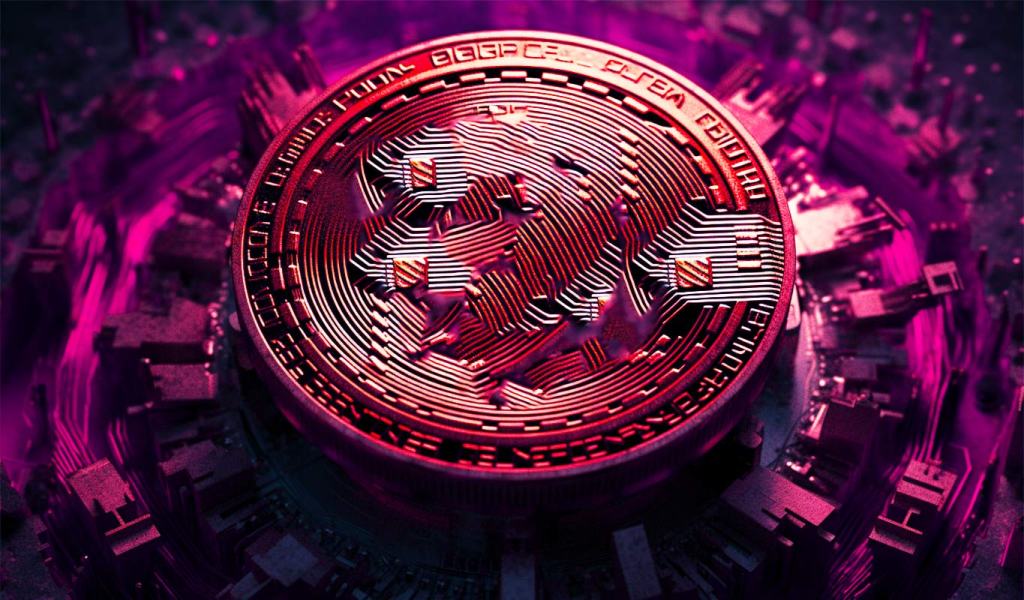
It's been one of the most lucrative quarters for those that profit from Bitcoin transaction fees in nearly two years.
Bitcoin (BTC) miners made a lofty $184 million from transaction fees in the second quarter, far more than what they pocketed over the entire 2022 — as Bitcoin’s price surged and BRC-20 tokens flourished.
The $184 million payout is more than a 270% increase from the first quarter of 2023 and it is the first quarter to have surpassed the $100 million mark since Q2 2021, according to a July 5 report from cryptocurrency analytics platform Coin Metrics.

Bitcoin miners receive transaction fees whenevea new block has been validated, the amount of which is determined by the data volume and the user demand for block space.
Coin Metrics said the jump in fees was due to Bitcoin’s recent price surge bolstered ‘top-line revenues” and the advent of BRC-20, a new token standard on Bitcoin introduced in March which uses Ordinals inscriptions to mint and transfer fungible tokens on the network, adding:
“The token standard does unlock experimental new use cases for Bitcoin’s core transaction types, and accelerates the push to scale Bitcoin with the Lightning Network.
However, it is worth noting that transaction fees represented only 7.7% of the total $2.4 billion made by miners over the quarter.
The remainder came in the form of Bitcoin block rewards, with miners currently being rewarded 6.25 BTC for solving each block. This is set to fall to 3.125 BTC after the network’s next halving cycle, expected to take place in May.
Related: Bitcoin miners send record $128M in revenue to exchanges
Bitcoin miners also had other reasons to celebrate in the second quarter, according to the firm.
In May, the Bitcoin mining industry “notched a win” with the Biden Administration’s proposed Digital Asset Mining Energy (DAME) tax being blocked.
In this special edition of State of the Network, we take a data-driven look at the most important events that impacted the digital assets industry from Q2 2023.
— CoinMetrics.io (@coinmetrics) July 5, 2023
Get the insights here: https://t.co/xpcE27j1Fz#FutureofFinance #PutTruthtoWork pic.twitter.com/67RDHKA2bT
Bitcoin miners also enjoyed easier macroeconomics conditions in the quarter too, with “receding inflation pressures” translating to lower electricity prices for United States-based miners, Coin Metrics noted.
However, with Bitcoin’s hashrate continuing to reach new all-time highs over the last 12 months, competition in the mining fee market is also tightening, Coin Metrics explained:
“Competition remains as fierce as ever, with Bitcoin’s hashrate breaking new highs during the quarter at 375 EH/s [...] We see that the overall network’s efficiency continues to increase with the adoption of modern ASICs such as the S19 XP.”
Magazine: Bitcoin 2023 in Miami comes to grips with ‘shitcoins on Bitcoin’















